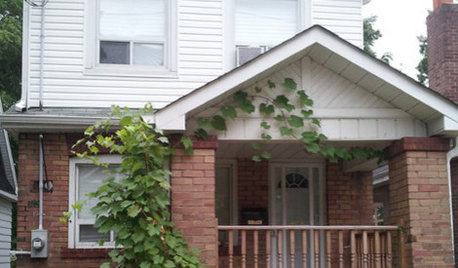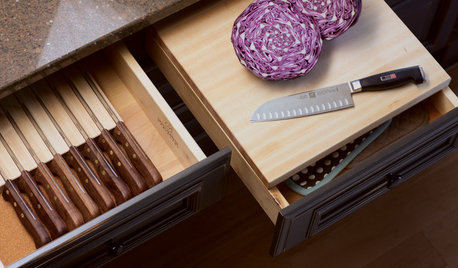Help! I need landscaping advice.
cape_breton_gardener
16 years ago
Related Stories

EXTERIORSHelp! What Color Should I Paint My House Exterior?
Real homeowners get real help in choosing paint palettes. Bonus: 3 tips for everyone on picking exterior colors
Full Story
ENTRYWAYSHelp! What Color Should I Paint My Front Door?
We come to the rescue of three Houzzers, offering color palette options for the front door, trim and siding
Full Story
LIFEEdit Your Photo Collection and Display It Best — a Designer's Advice
Learn why formal shots may make better album fodder, unexpected display spaces are sometimes spot-on and much more
Full Story
BATHROOM DESIGNDreaming of a Spa Tub at Home? Read This Pro Advice First
Before you float away on visions of jets and bubbles and the steamiest water around, consider these very real spa tub issues
Full Story
PETS6 Ways to Help Your Dog and Landscape Play Nicely Together
Keep your prized plantings intact and your dog happy too, with this wisdom from an expert gardener and dog guardian
Full Story
DECORATING GUIDES10 Design Tips Learned From the Worst Advice Ever
If these Houzzers’ tales don’t bolster the courage of your design convictions, nothing will
Full Story
KITCHEN STORAGEKnife Shopping and Storage: Advice From a Kitchen Pro
Get your kitchen holiday ready by choosing the right knives and storing them safely and efficiently
Full Story
COLORPaint-Picking Help and Secrets From a Color Expert
Advice for wall and trim colors, what to always do before committing and the one paint feature you should completely ignore
Full Story
STANDARD MEASUREMENTSThe Right Dimensions for Your Porch
Depth, width, proportion and detailing all contribute to the comfort and functionality of this transitional space
Full Story







Judy_B_ON
ianna
Related Professionals
Bridgetown Landscape Architects & Landscape Designers · Towson Landscape Architects & Landscape Designers · Jackson Landscape Contractors · Bound Brook Landscape Contractors · El Mirage Landscape Contractors · Estelle Landscape Contractors · Fort Myers Landscape Contractors · Gallatin Landscape Contractors · Hoover Landscape Contractors · Lemay Landscape Contractors · Lynwood Landscape Contractors · Metairie Landscape Contractors · Milford Mill Landscape Contractors · New Baltimore Landscape Contractors · Rochester Landscape Contractorsbonniepunch
cape_breton_gardenerOriginal Author
ianna
bonniepunch
ianna
bonniepunch
ianna